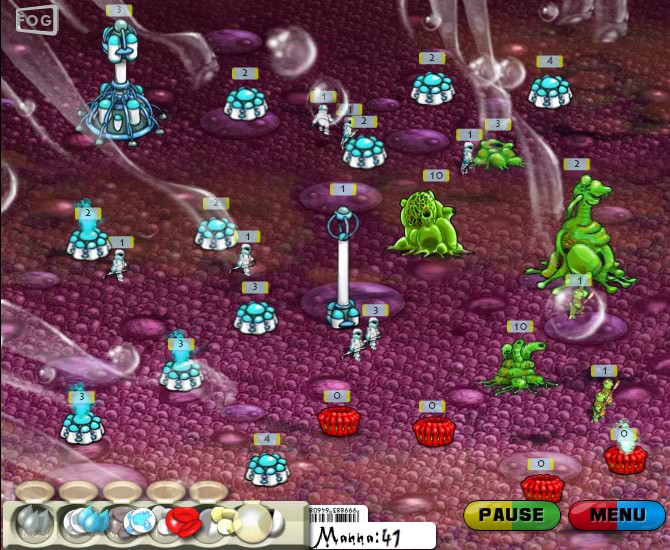

Epithelial cells like those in the nasopharynx have receptors that are responsible for transporting IgA and IgM antibodies from the blood to the apical surface of the cell.

Once within the body, intracellular pathogens, e.g., viruses and some bacteria and protists, must have a mechanism to invade their host cells. One of these: Helicobacter pylori secretes a protein that disrupts the tight junctions and adherens junctions that seal epithelial cells. For those injected by biting vectors, this is no problem.īut the others must find a trick. To get into the true interior of the body, invading parasites must pass through an epithelial barrier. Gaining Entry Into the Internal Environment To do so, it must be able not only to survive in the stomach but to invade the internal environment. pylori is the main cause of stomach ulcers. It survives by taking up urea and converting it into ammonia to neutralize the acid. This in the only bacterium known that can live in the harsh environment ( pH ~ 1.4) of the stomach. This hypervariable region encodes a new amino acid sequence at the C-terminal of the pilin molecule (analogous to the hypervariable regions of antibodies) which will not be recognized by the current crop of antibodies (but will, in turn, eventually elicit a new set of antibodies). Periodically one of these fragments gets inserted into the remainder of the pilin gene.

The epitopes are encoded by a family of diverse gene fragments. The reason: the bacteria periodically change a protein, called pilin, on their surface so that epitopes that the immune system has learned to produce antibodies against disappear and are replaced by epitopes that the immune system must respond to anew. Their presence does induce antibodies (of the IgA class), but these fail to cure the host. The bacteria live on the surface of the mucous membranes of the genitourinary tract. In the U.S., this is one of the most common sexually-transmitted diseases (STDs).


 0 kommentar(er)
0 kommentar(er)
